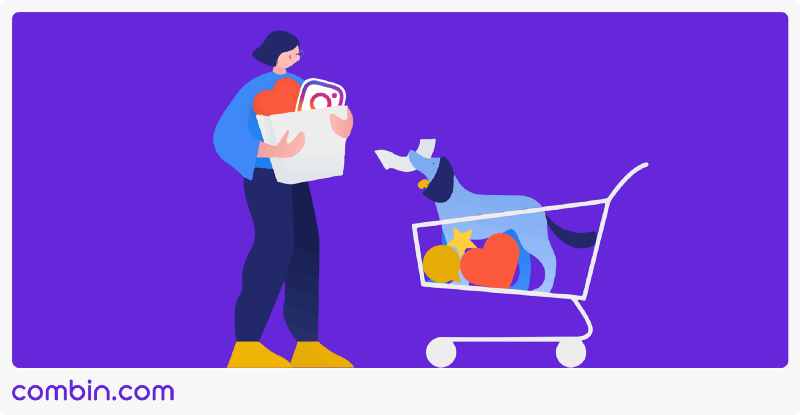After Instagram pushed into eCommerce, shopping and selling on the platform became a casualty. And we don’t mean ads here; now we imply shopping tags, inner Instagram checkout, shoppable influencers and Stories product stickers.
According to recent statistics, about 130 million users tap on Instagram shopping tags to learn more about products, and this number is about to grow.
Over a third of Instagram users make online purchases. So would any brand or business decline the possibility to drive their sales?
Social media analysts often say that in 2020 and upcoming years, Instagram will look more like Amazon or Shopify and make greater efforts to grow in terms of eCommerce. The primary goal of Instagram Shopping for the next years is to make users’ shopping experience one-channel, without directing them to external webpages.
Shoppable Content Advantages
Shoppable posts and Stories are marked with special product tags that make it easier for your client to buy the products. By tapping on the tags, your follower sees what products you’re selling and their prices. And after they tap on each product, they are directed to a website page for detailed information about the item.
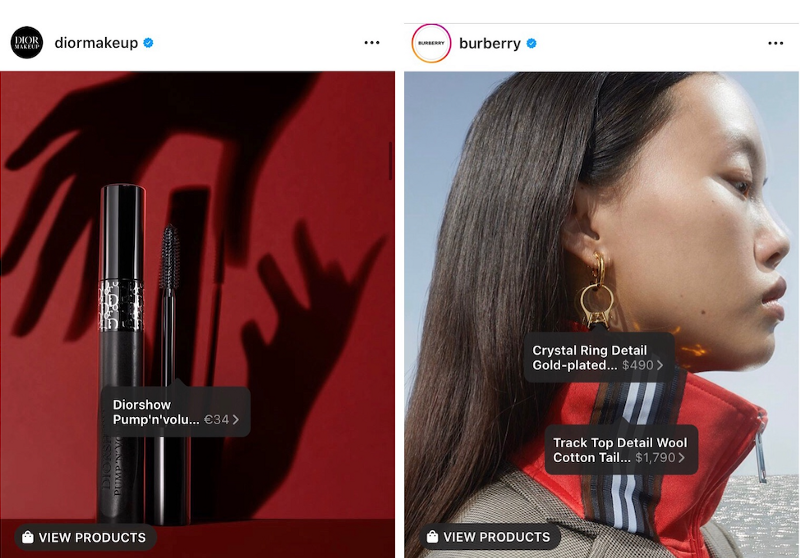
Why should your business be using shopping posts?
- Shopping posts are convenient for your clients since your customers no longer need to ask you for the prices in comments or in DM. They can simply check it by themselves tapping the tag or visiting the website. This makes it useful for you as well because you don’t have to waste your time on replying to the same questions in comments. Besides, your followers don’t need to scroll through the whole website to find products they like, either.
- Instagram allows users to check out right within the native app without going to a store website. Users simply leave their shipping and payment methods, and the information is saved for the next time. But this function is available for the US users only and for a limited number of brands like Nike, Burberry, Zara, Huda Beauty, H&M, Mac Cosmetics, and some other.
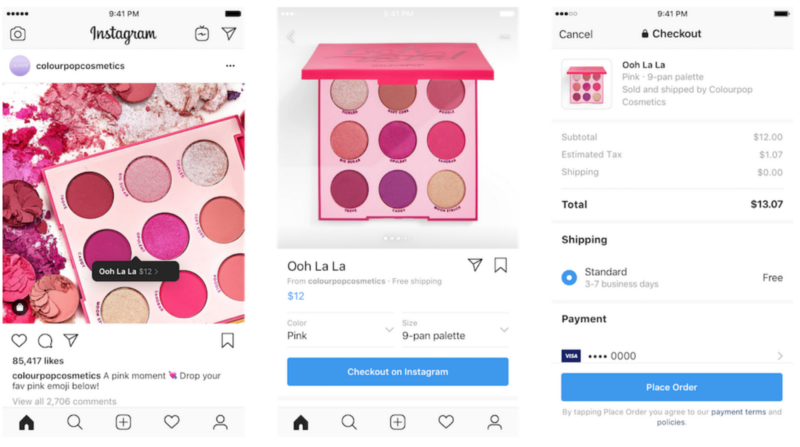
In 2020, this feature will be more likely implemented for users outside the US. And apart from the “Checkout on Instagram” button, there will be “Shop Now” and “Add to Cart”.
- You can include shoppable posts in your grid for better engagement. For this, mix different types of content and make it look consistent on your feed. With this, you can also inform your audience about new products directing them right to the website.
- Instagram shopping setup allows to tag up to 5 products on a single image and up to 20 goods within a carousel.
- Your posts may appear on the Explore Page organically, which will boost your traffic, sales, and profile statistics.
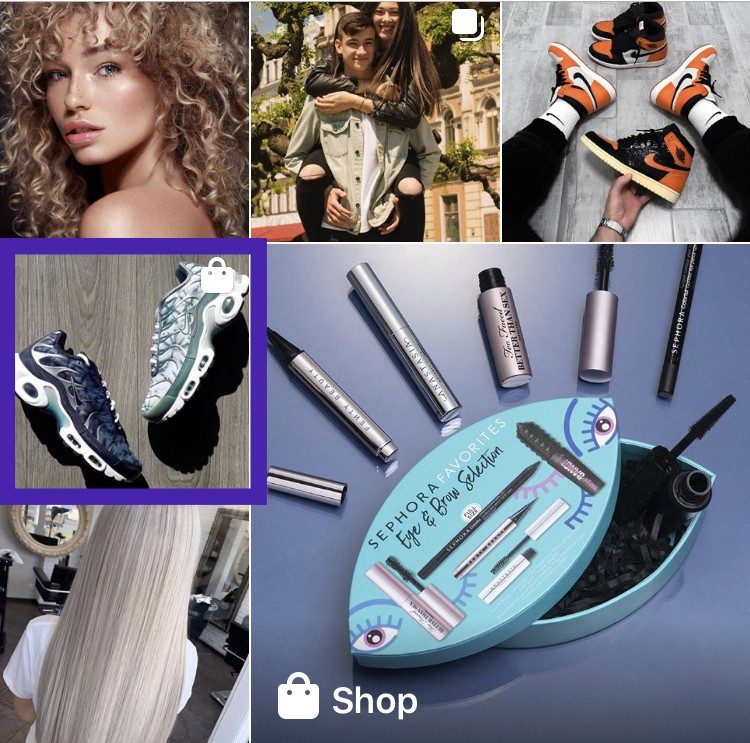
- Apart from shoppable posts, you can easily implement shoppable Stories, as well. To do so, do what you usually do when creating a Story and add a product sticker to it so that your audience could see more about the product and visit your website.
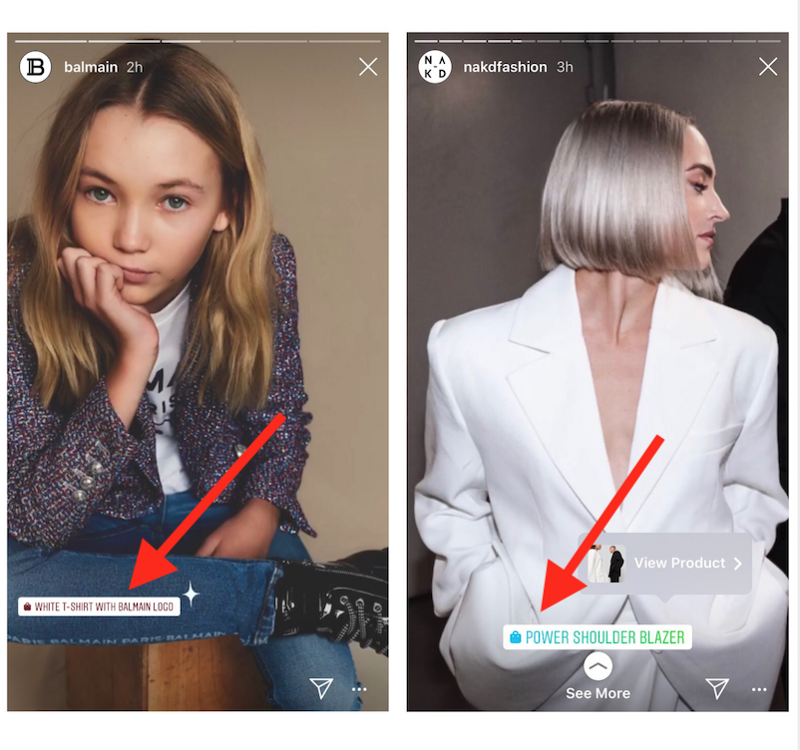
Besides, you can add such Stories in Highlights when your new collections arrive, for instance. That will streamline the shopping experience of your audience.
- If you run your business across the world and your website is localised on different languages, you can set up shoppable posts and Stories for various countries. That being said that when your clients tap on a product, they see information about it on the language of the country they’re currently in and in their local currency. Most big brands like Zara or Prada, for instance, do it.
- Shoppable influencers option is the trend of 2019/20. Earlier this year, Instagram announced that now influencers are capable of tagging the clothes, accessories, and other items they’re wearing in the picture. By far, the number of influencers with this privilege is limited but it will definitely grow. Imagine, how brands can benefit from this considering that influencer marketing is not yet going anywhere.
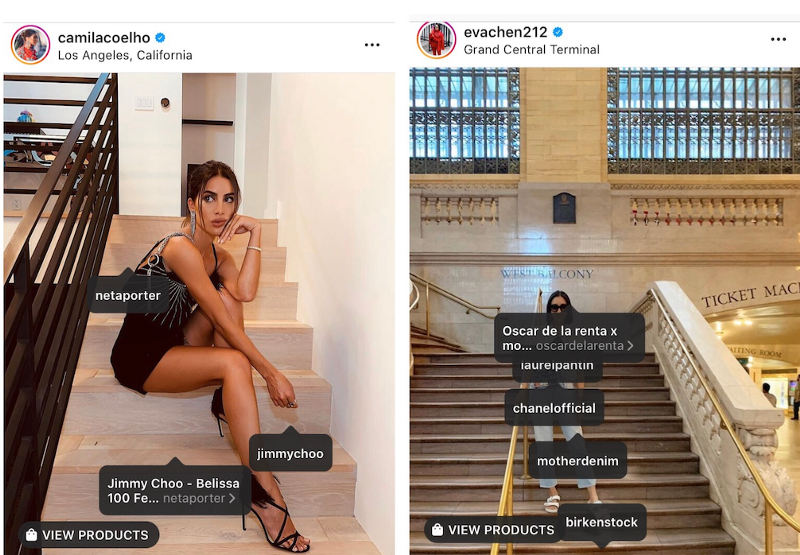
- Shopping section on the Explore Page. This proves the intentions of Instagram to attract more and more brands to create shoppable posts.
How to Set Up Instagram Shopping
Before you set up Instagram eCommerce features, you need to make sure your profile complies with all the requirements.
#1. Your products have to correspond with the Facebook guidelines, meaning that goods of a certain character cannot be sold on Instagram. Such products include alcohol, tobacco, adult products or services, healthcare products, and others. The full list of prohibited items can be found here.
#2. Your business must comply with Instagram merchant agreement.
#3. Your Instagram account has to be a Business account.
#4. Your Business account has to be connected to a relevant Facebook Page.
#5. The goods you sell must be primarily physical.
#6. Your Instagram Business account has to be connected to a Facebook Catalogue (we’ll talk about it below).
#7. Your country has to be among those where Instagram shopping is available. The list of available markets is here.
Set up Instagram Shopping: a step-by-step guide
So, you comply with all the requirements above. What’s next?
Step 1. Create a Facebook Catalogue.
First of all, you need to connect your Business account to a Facebook Catalogue. Facebook Catalogue is a collection of all the products you sell and can be used not only for creating shoppable Instagram posts but also for creating ads and other things.
To start off, open Business Manager, open Catalogue Manager and press Create Catalogue.
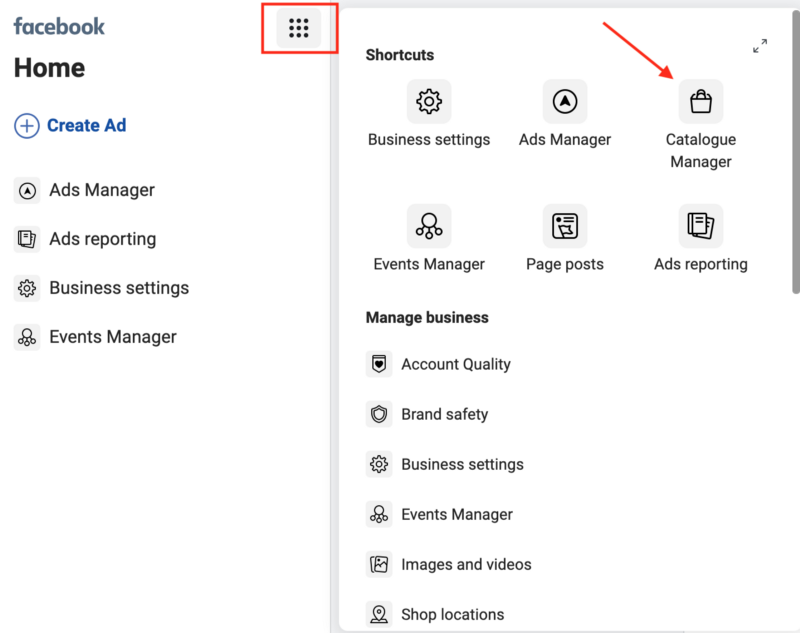
Then you need to choose the type of your catalogue — E-commerce, Travel, Property, or Auto. Once you’ve chosen, press Next.
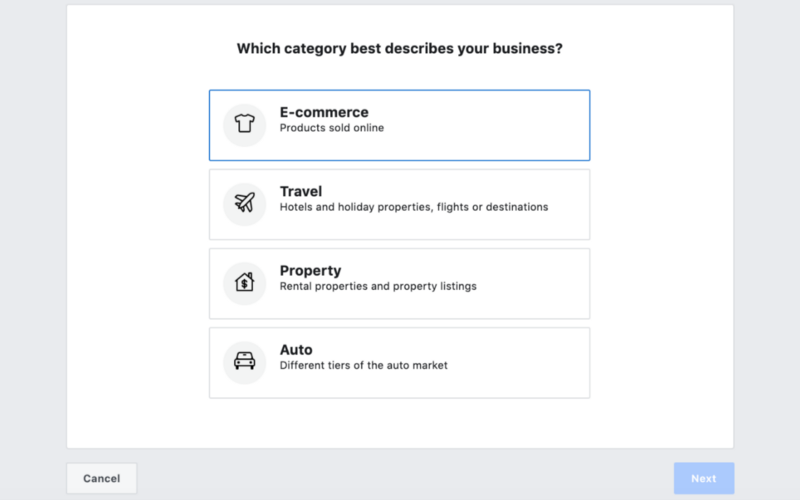
After, configure your catalogue settings. Fill in the form you see on your screen. Choose a relevant Facebook Page and pick a name for your catalogue.
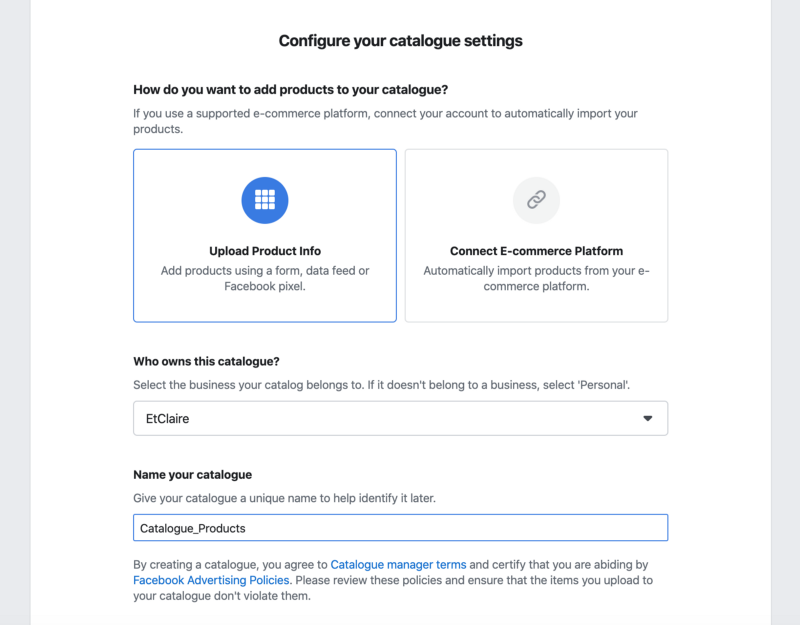
When you’re catalogue is ready, you can view it and keep on setting it up. If your main goal is creating shoppable posts, we suggest you should go right to Products, then press Add Products.
You can add them manually if there are less than 50 items you want to sell or use data feed when you have more than 50 products.
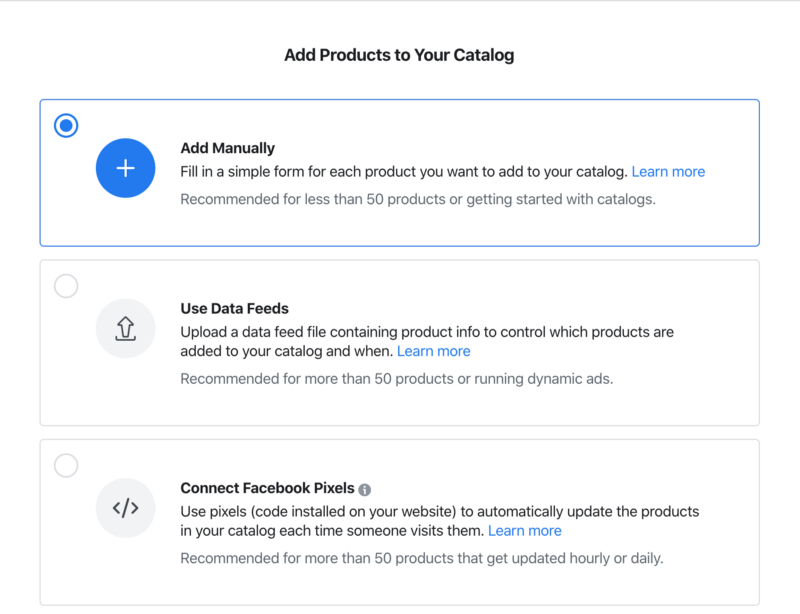
After you choose what suits you more, you need to fill in the information about your product. Upload image of at least 600 x 600 pixels, choose the product name, its description, a website link and a price in any currency.
Once you’re ready, press Add Product.
Step 2. Connect the catalogue to your Instagram page.
Now your catalogue is ready. The next necessary thing is to connect it with your Instagram profile. For that, head over to Settings ->Connected Instagram Business profiles -> Manage Profiles.
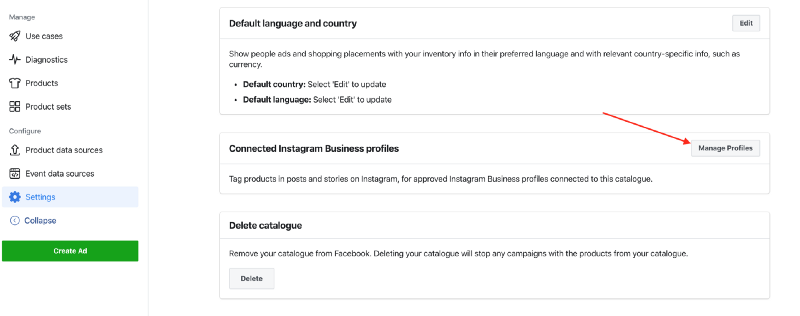
Step 3. Wait for Instagram’s approval.
Submit your account for review. The review process usually takes a couple of days.
Step 4. Sign up for Instagram Shopping within the native app.
Congrats! Your profile is approved, and you received a notification. What you should do next is to complete the setup process right within Instagram. Go to Settings ->Business -> Shopping. Then select a product catalogue to connect it with your Instagram page.
Step 5. Share your shoppable content.
To create a shoppable post, do it as you usually do: pick an image, write a caption, place a location, etc., and this time, don’t forget to tag products. To do so, press Tag Products, type in the name of products you want to tag and select the relevant ones from the appeared list.
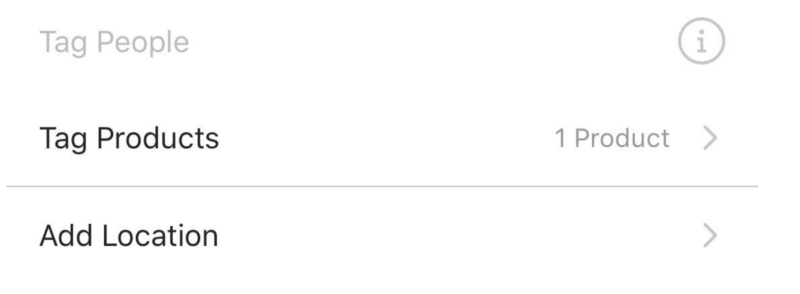
As for Stories, a shoppable sticker will help you here. You can apply these stickers to any Stories, no matter if these are images or videos.
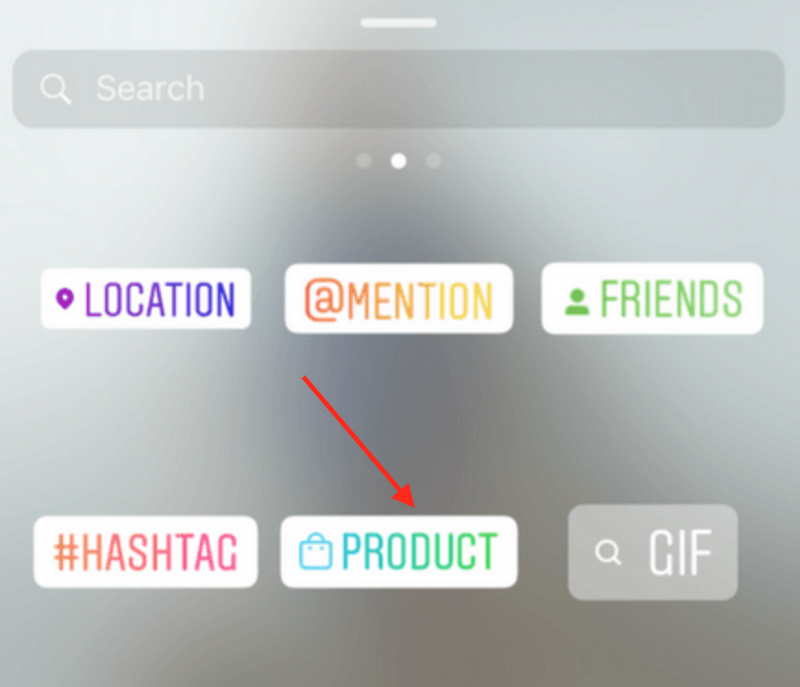
Once you choose the sticker, you will again see the list of your products. Choose the product, edit and share your Story. This feature is actually even better than the “Swipe Up” one because, for the former, your account followers count can’t be less than 10,000.
Step 6. Track the performance.
Use Instagram in-app analytics or tools like Combin Growth to see how your content works. Track your content performance and change the strategy as you feel like.
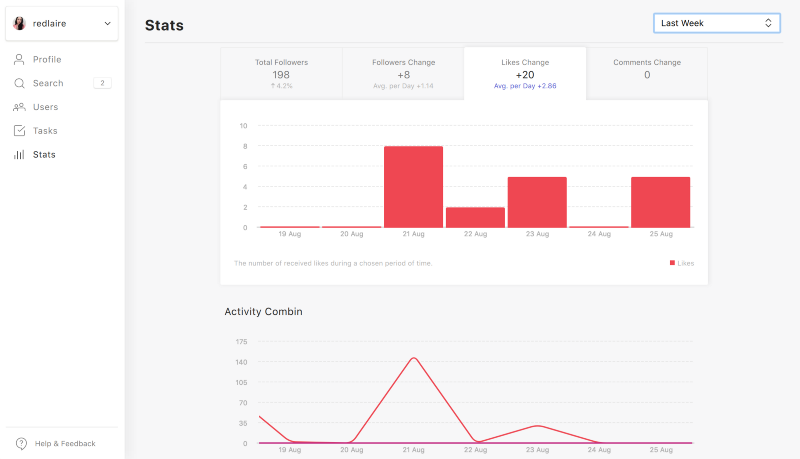
As you see, mastering Instagram eCommerce is not rocket science. There are challenges if your business is beyond the markets where Instagram Shopping is available. But if it’s not, it’s pretty easy to set up Instagram Shopping and get the most out of your Instagram page. And with tools like Combin Growth, it’s even more effortless.
To read all our updates and get new Instagram marketing tips, follow us on Twitter, Reddit, LinkedIn, and Youtube.

